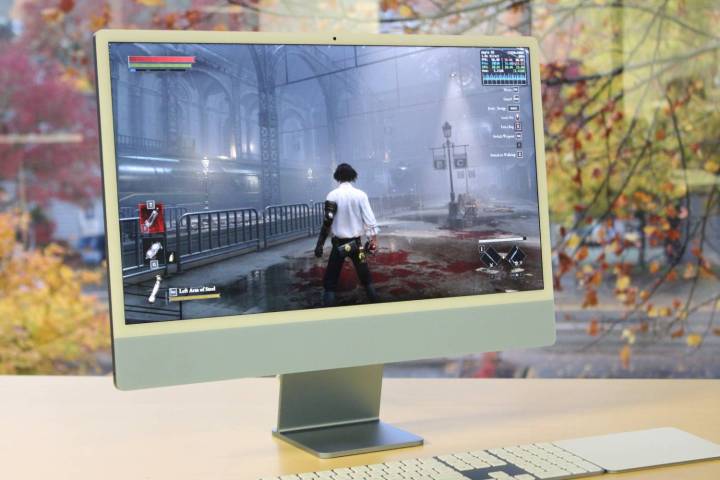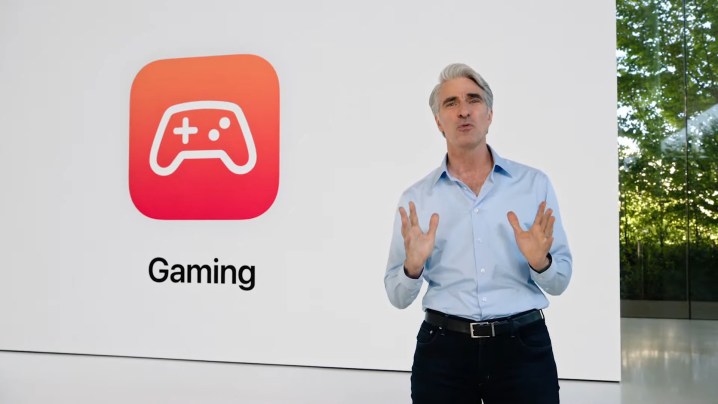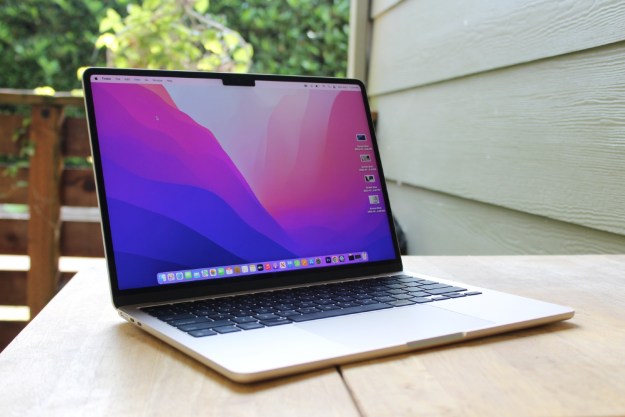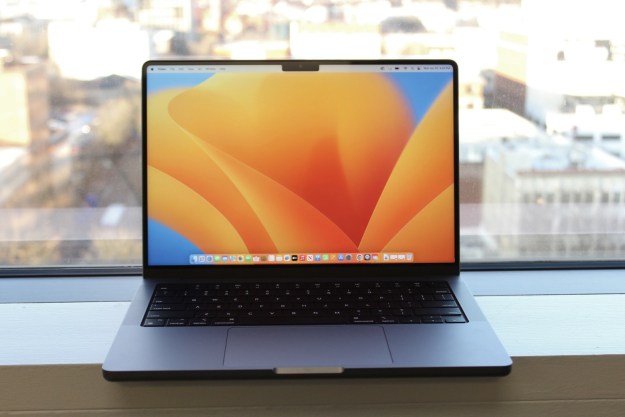Looking back, 2023 was a banner year for Mac gaming. As a gamer, it feels really surreal to say that, given how disappointing the past has been. But it’s true — and for the first time in a long time, the sun is shining on Mac gamers.
We’ve had the M3 series of chips with hardware ray tracing, mesh shading, and improved GPUs. On the software side, Apple has built-in tools like Game Mode and a game porting toolkit into macOS. And some massive games have come to the Mac, including Baldur’s Gate 3 and Lies of P.
Yet despite all that positivity, there’s still one thing Apple needs to fix for Mac gamers as we head into 2024. If it doesn’t, so much of the hard work over the past 12 months will have been for nothing.
The big names are missing

For years, Apple’s gaming struggles have been locked in a vicious cycle. Game developers didn’t bother porting their games to the Mac because there weren’t enough players, and gamers didn’t switch to the Mac because there weren’t enough big-name games to play. Things were at an impasse.
For all the great work Apple has done on its end, it needs to do much more to attract AAA developers to macOS. Right now, there’s a superb selection of indie games to choose from, including some of the best Mac games available. But as good as they are, they’re unlikely to pull in serious numbers of players.
Big-name franchises like Call of Duty, Assassin’s Creed, Grand Theft Auto, and EA Sports FC are all absent from the Mac, to name just a few. If that situation were to change, it would finally mark the Mac as a serious gaming destination once and for all.
Not only that, but it would be a testament to the strength of Apple’s hardware. Just a few years ago, a MacBook would struggle to load a word-processing document without its fans ramping up (OK, perhaps I’m exaggerating). But running famously demanding games on a Mac would be a massive win for Mac users and for Apple’s own chips.
Gaining momentum

Of course, it’ll take more than just powerful chips to convince game developers to make the leap to the Mac. The software has to be great to work with, for one thing. And, of course, there must be a willing audience ready to snap up new titles as they launch.
Apple already seems to be working to fix the first part. With macOS Sonoma, Apple has bundled a game porting toolkit that aims to make the whole process smoother. It does this by enabling devs to see how well their games will run in macOS, which greatly simplifies the process of converting their titles for Apple’s platform. The goal is to eliminate months of work when porting a game to the Mac.
Attracting an audience will be much harder, but offering a bumper selection of top-tier games certainly can’t hurt — and we know Apple is working with developers here. That’s the last piece of the puzzle, and one that Apple really needs to fix in 2024. Baldur’s Gate 3 and Lies of P are amazing additions, but they should be seen as just the start. There’s no time for Apple to rest on its laurels.
With the Vision Pro set to launch next year, Apple fans will have another (very different) way to game. But for me, it’s crucial that Apple puts as much focus as possible on Mac gaming. The platform has a ton of momentum, and it’d be a terrible shame if it were to be lost.
Editors' Recommendations
- Does your Mac need antivirus software in 2024? We asked the experts
- Don’t download the latest macOS Ventura update just yet
- The biggest threat to the MacBook this year might come from Apple itself
- Apple finally has a way to defeat ChatGPT
- Why Apple’s M3 Ultra could be an absolute monster




